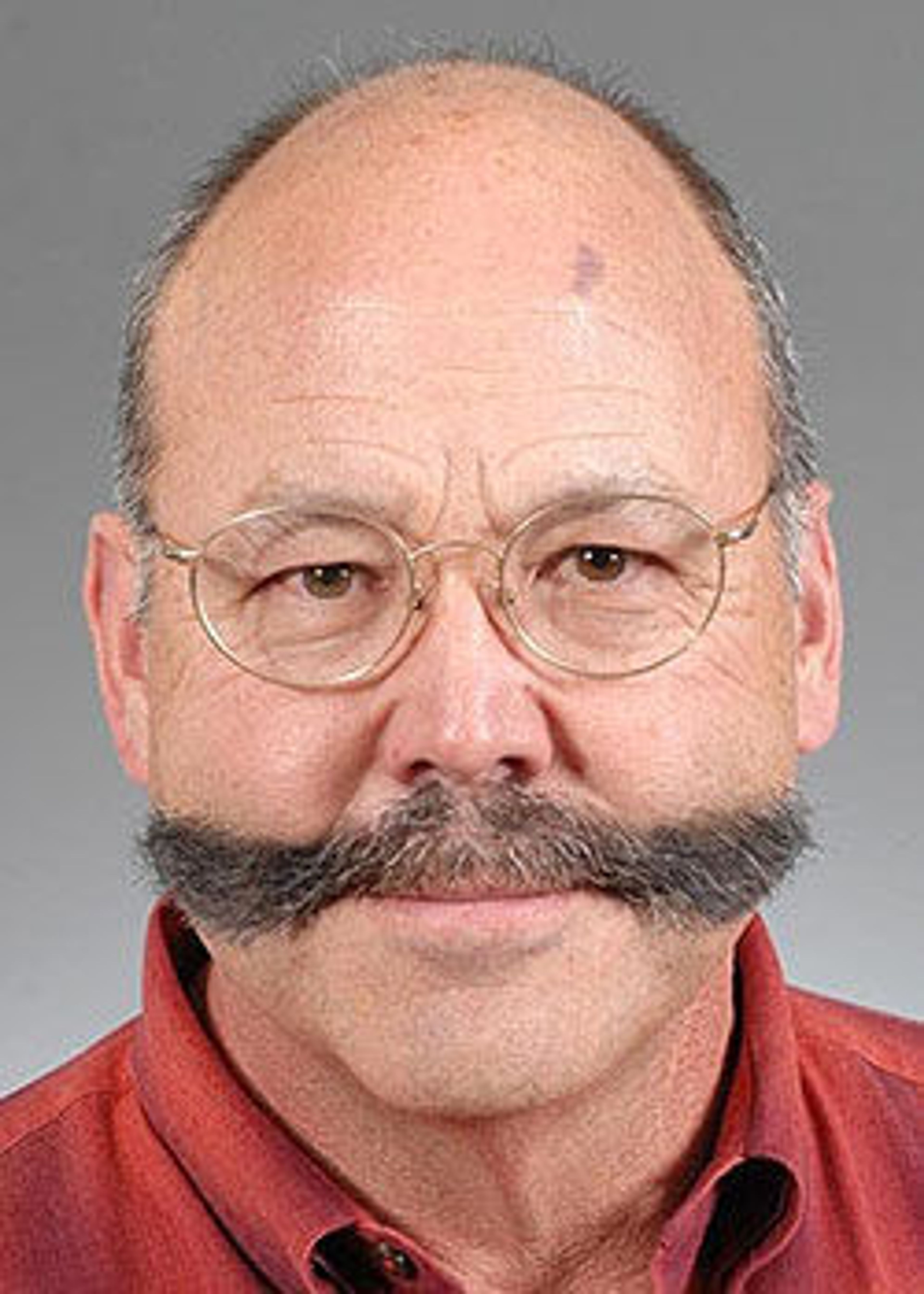No doubt, someone will complain that a university course all about cats is a conspiracy to breed more liberals, not felines.
Jonathan Losos, who holds a doctorate from the University of California, Berkeley, is an evolutionary biologist known for his research on how lizards rapidly evolve to adapt to changing environments. He’s also the William H. Danforth Distinguished University Professor, Arts & Sciences at Washington University in St. Louis.
Professor Losos has written three books. Most recently, he wrote “The Cat’s Meow: How Cats Evolved from the Savannah to Your Sofa,” “Improbable Destinies: Fate, Chance, and the Future of Evolution” and he authored one of the leading college biology textbooks.
He now offers a course at WU all about domestic cats. He’s a heavy hitter: He’s a member of the National Academy of Sciences and the American Academy of Arts & Sciences.
Losos wrote the piece about his course for “Uncommon Courses” for the U.S edition of The Conversation. The series highlights unconventional approaches to teaching.
Losos describes himself as an evolutionary biologist who spent his career studying the evolution of small lizards in the Caribbean. He also has been a lifelong cat lover. He just assumed there was not interesting research being conducted with domestic cats.
But 12 years ago he admitted he was wrong. His opinion changed after reading John Bradshaw’s book, “Cat Sense,” and watching the BBC’s, “The Secret Life of the Cat.” There he learned ailurologists, the people who study cats, were using all the same tools, techniques and scientific rigor as he was.
He says that’s when the idea for a class came to mind. “I’d lure students in with their love of felines and then, when they weren’t looking, I’d teach them how scientists study biodiversity — ecology, evolution, genetics and behavior,” he quipped.
“In essence, the course is about the past, present and future of cats: where they came from, why they do what they do, what the future may hold. And, critically, how we know what we know — that is, how scientists address these sorts of questions.”
Now before you scream this is a waste of money, “This is what’s wrong with higher education” and claim this defies “common sense,” know that there is much more here. You see, each student must produce a capstone project for the course which can be an original paper or a short documentary recording.
The subjects over the years include the impact of cats on bird populations, sexism and the “crazy cat lady” trope, the health effects pro and con of living with felines, the role of hybridization as a creative or constraining force in evolution, the top-down role of larger predators like coyotes and dingoes in controlling cat numbers, and the prospects for new genetic technologies to create allergen-free cats or to curb free-roaming cat populations.
Like it or not, this is attractive and important stuff to foster along the next generation of biodiversity scientists like Losos. “Cats pose scientific questions of broad interest, and they may serve as a gateway introduction to the world of biological research.”
As undergraduates, many science students find a seminal course and usually an engaging faculty member who changes their lives. This is one of those courses. Sure, it could be called, “Biodiversity Science,” but the subject of cats makes it fun and provides some vital training.
Tip your hat to Losos. There aren’t many like him around anymore. You see, good scientific generalists are dinosaurs in academia now, except when an accomplished scientist like Losos decides to turn around and attract young people with simply cats.
Powell, of Pullman, retired as public information officer for Washington State University’s College of Veterinary Medicine in Pullman. This column reflects his thoughts and no longer represents WSU. He may be contacted at charliepowell74@gmail.com.








